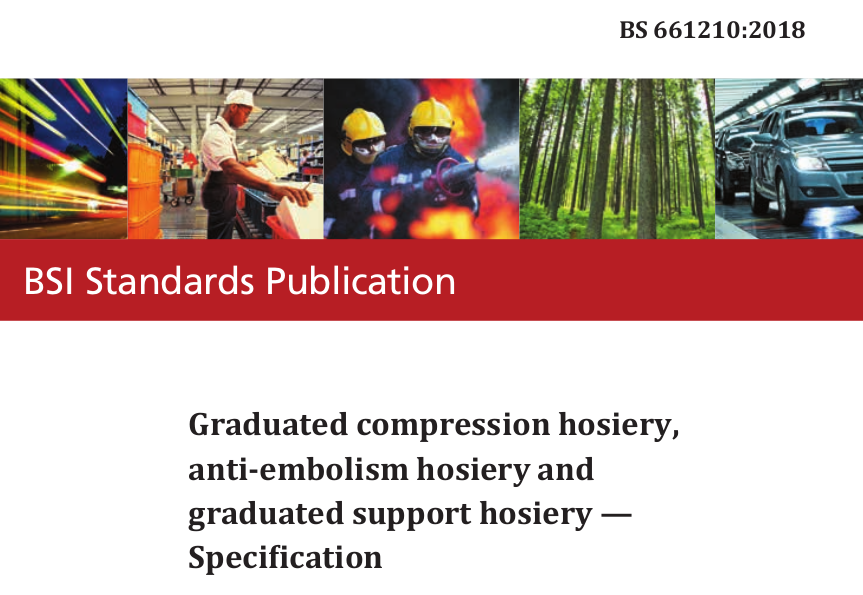New medical compression articles published on Medidex
- Details
SMTL have recently published and updated three articles on medical compression hosiery:
Wild Films session on endotoxin testing
- Details
Leanne Gater, a documentary film maker from Wild Films contacted SMTL earlier this year about a documentary project on Horseshoe Crabs. SMTL undertake endotoxin testing for NHS facilities across Wales using LAL, a substance derived from the blood of these Horseshoe Crabs.
Leanne wanted to to demonstrate how Horseshoe Crabs aid in keeping millions of people safe though endotoxin testing, but also how they’re also suffering from a decline in population and what could be done to help save the species.
Endotoxins are complexes associated with the outer membrane of Gram-negative bacteria which are constantly shed into the environment and released when the bacteria die or multiply. Bacterial endotoxins are the most common and by far the most potent pyrogen (pyrogen literally means heat generating, and the term refers to any substance, microbial or otherwise, which would induce a temperature rise when introduced into a patient). Commonly used methods of sterilisation generally do not destroy endotoxins, therefore a product may be sterile and free of viable microorganisms but not necessarliy be endotoxin-free.
Leanne spent time at SMTL in October 2019 and filmed SMTL staff undertaking the tests which we perform for Health Boards across Wales, checking that their surgical instruments have been reprocessed appropriately and that there is no unsafe level of residual endotoxin on their instrument.
We will update this page when we know the date of release of Leanne's film.
New publication on usability testing of NRFit/ISO 80369-6 connectors
- Details
SMTL undertook a multicentre simulation of the (at the time) proposed ISO 80369-6 connector for the neuraxial route in 2014 (the standard was published in 2016, and the connectors are now known as NRFit connectors).
The standard was produced to help mitigate the risk of wrong route injections, such as the case of Wayne Jowett in 2001 where intravenous chemotherapy was accidentally injected spinally, resulting in Wayne Jowett's death.
Thirty-eight doctors and 17 nurses performed simulated clinical procedures on manikins, using devices fitted with either Luer connectors or draft ISO 80369-6 ‘non-Luer’ connectors. The procedures included spinal anaesthesia; intrathecal chemotherapy; lumbar puncture, cerebrospinal fluid collection and pressure measurement; epidural catheter placement with bolus injection and critical care use. Participants attempted cross connection between neuraxial connectors and a range of other medical device connectors to check that the design achieved the deiredlevel of non-connactability.
The results of the usability testing have been published in Anaesthesia:
Cook TM, Wilkes A, Bickford Smith P, Dorn L, Stacey M, Kinsella SM, Sharpe P, Phillips P. Multicentre clinical simulation evaluation of the ISO 80369-6 neuraxial non-Luer connector. Anaesthesia. 2019 May;74(5):619-629.
Most cross-connection attempts failed, even using above clinical forces and, when successful, were judged of low clinical risk potential; the exception was a malaligned connection between the non-Luer slip and female Luer connectors. This led to revision of the dimensional tolerances of the non-Luer connector to reduce this risk, before publication of the final specification in 2016.
The authors concluded that the ISO 80369-6 neuraxial non-Luer connector was suitable for clinical use.
EBPB Advice on Farco-fill Protect
- Details
The Evidence Based Procurement Board have published their latest advice which is on Farco-fill protect, a sterile solution containing 0.3% triclosan that is used for the inflation of indwelling urinary catheters in an effort to reduce bacterial colonisation of the catheter
Following consideration of the published evidence, the EBPB consider that there is currently insufficient evidence to support its use in the Welsh NHS. Read the full review on the EBPB web site.
New BS 661210 British Standard published for compression garments
- Details
Since the first British Standards for compression hosiery were published in the 1980's, the use of compression garments to treat various clinical complications has changed significantly. Performance requirements and test parameters which seemed appropriate 33 years ago are now causing confusion for users of the products and operational difficulties for test houses and manufacturers.
To address these issues a new standard - BS 661210:2018 - has recently been published. BS 661210 is a revision and merger of three previous standards (BS 6612:1985, BS 7563:1999 and BS 7672:1993) for graduated compression hosiery, anti-embolism hosiery and graduated support hosiery. The BSI Panel took the opportunity of the revision to address inconsistencies in the previous standards, clarifying various test parameters and technical issues, and producing a single consistent test method to test both medical and non-medical compression garments.

As well as specifying the test method, the Standard sets out performance requirements for the compression and stiffness of these devices, and these have been updated to reflect current clinical UK guidance . A new informative Rationale Annex (Annex C) has been included to explain the thinking behind most of the major changes in the Standard, and another new Annex (Annex D) explains the variety of classes and compression profiles used in the UK that are referenced in various standards and clinical guidance documents.
Peter Phillips (Director of SMTL) is chair of BSI committee CH/205/1, under which the Panel operated, and Dr Gavin Hughes (Deputy Director, SMTL) acted as Editor of the standard.


